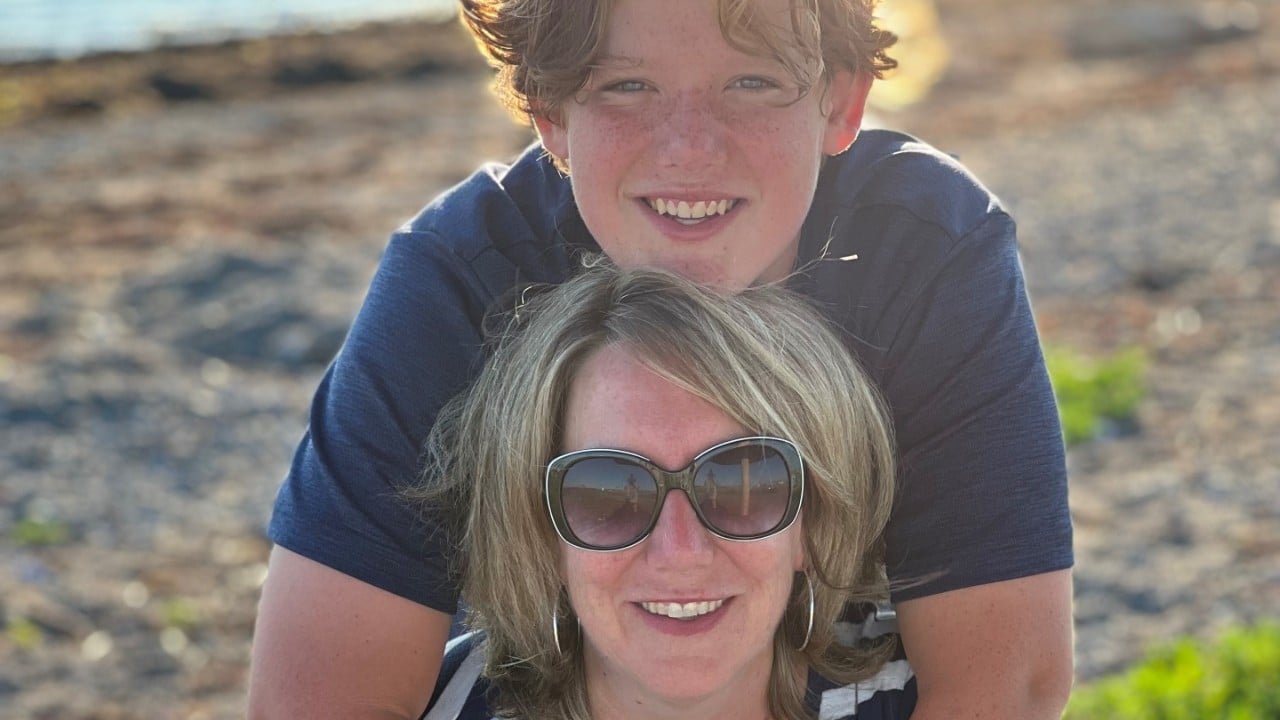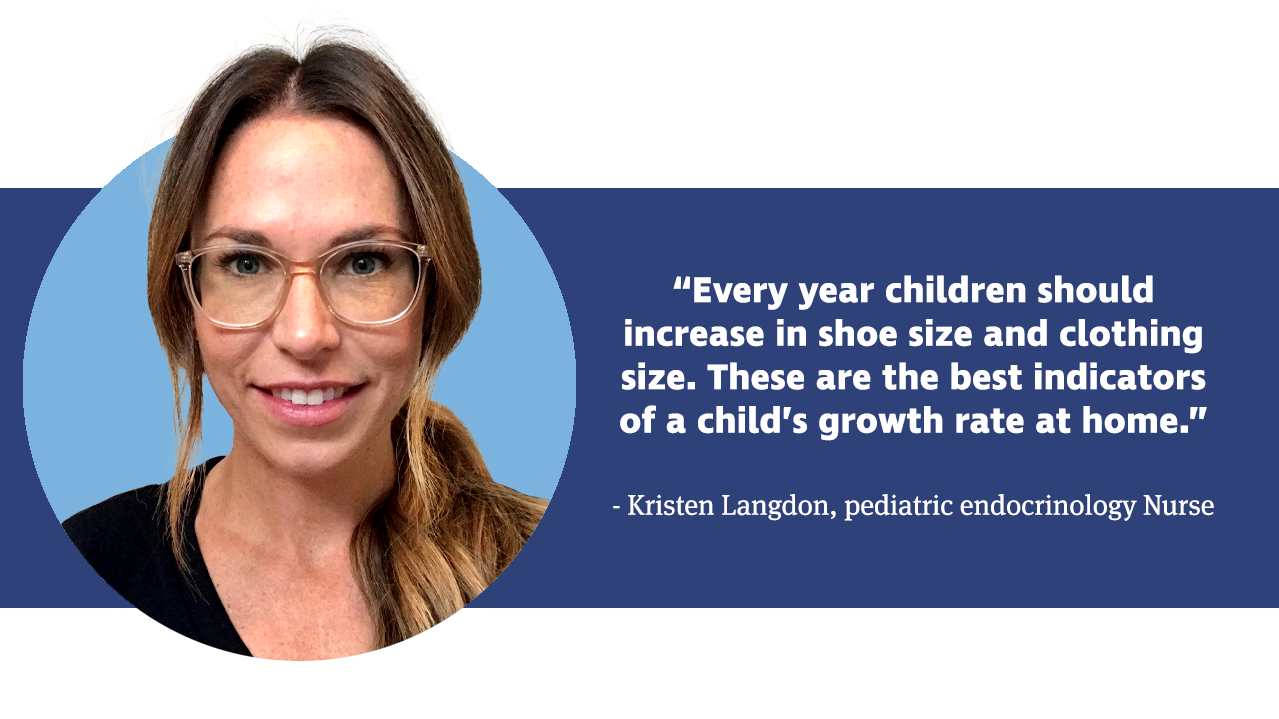Growth hormone deficiency affects 1 in 30,000 kids. Discover the signs to look for and when to talk to your doctor.

Nathalie Kerr and her son James today
Created for 
Nathalie Kerr first noticed something was not right about her son James’ growth when he and his twin sister were about nine months old. “There was a huge difference in size between Isabel and James,” says the Mississauga, Ontario mom. “He was not growing.”
Her pediatrician initially told her not to worry, pointing out that both parents were not tall, with mom at five-foot-two and dad at five-foot-eight. But Nathalie persisted in her quest for answers.
“My gut feeling said this was not normal,” said Nathalie, who is also an emergency room nurse. “I started doing my own research.”
James was finally diagnosed with growth hormone deficiency (GHD) at about two-and-a-half after his mom pushed for him to be seen by an endocrinologist—a doctor who specializes in conditions related to the body’s hormones. Growth hormone plays an essential role in human development. Without it, kids do not grow. James had none, says his mom. He was immediately put on growth hormone therapy.

There can be many different reasons why a child may not grow normally, but growth hormone deficiency is one of them. A rare condition affecting 1 in 30,000 children, it is caused when the pituitary gland, located in the brain, makes too little or no growth hormone. This can be something children are born with or can be found later in a child’s development. A child may be born with no pituitary gland, may have damage to the brain that impacts the pituitary gland, or may have a genetic defect. In some cases, there is no known cause.
Given that there can be so many variations in a child’s growth, how can a parent know when there’s a problem?
“When they need to be concerned is when parents realize their child has had little or no growth over the course of a year,” says Kristen Langdon, a pediatric endocrinology Nurse at the Children’s Hospital at London Health Sciences Centre and president of Canadian Paediatric Endocrinology Nurses, a professional practice and advocacy group. “Every year children should increase in shoe size and clothing size. These are the best indicators of a child’s growth rate at home and a way for parents to compare their child’s growth rate to other children.”
A family doctor or pediatrician will track a child’s growth progress through a growth chart that also shows how the child’s height and weight compare to the percentiles for their age and gender, says Langdon. A child who is below the average height for their age and gender does not necessarily have a growth problem—kids come in all sizes. The key is to monitor whether a child is continuing to grow at the expected rate of growth for their age—or they are not growing at the same pace as children the same age.

It’s important for children who are growth hormone-deficient to be diagnosed as early as possible, Langdon says, because the window closes on their natural growth period at about age 15 for girls and age 16 for boys. The COVID-19 pandemic has led to interruptions in children’s regular family doctor appointments, she adds, which is why “it’s more important than ever that parents make sure their child is getting measured by somebody.”
Nathalie Kerr advises parents to be curious, ask questions and “follow the growth chart—that’s a huge indicator. Discuss with your doctor regularly if you have concerns.”
Today James is 13 years old, in Grade 8, and, at five-foot-seven, is poised to be taller than either of his parents. That comes in handy as a competitive hockey player. Growth hormone deficiency is part of his life, says his mother. “Thanks to an early diagnosis, it really has not affected him.”

 PARENTING TIPS
PARENTING TIPS PREGNANCY
PREGNANCY BABY CARE
BABY CARE TODDLERS
TODDLERS TEENS
TEENS HEALTH CARE
HEALTH CARE ACTIVITIES & CRAFTS
ACTIVITIES & CRAFTS

